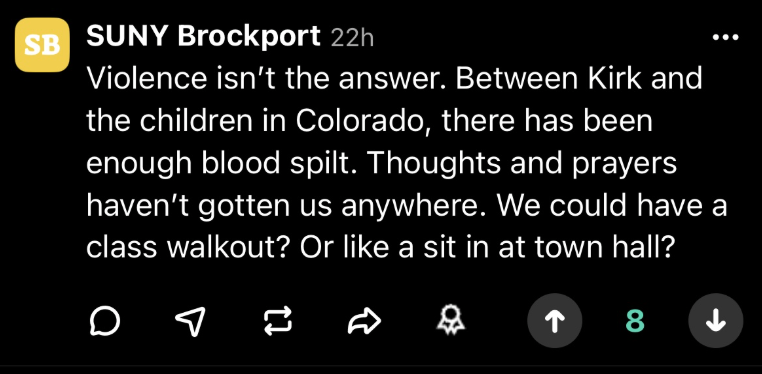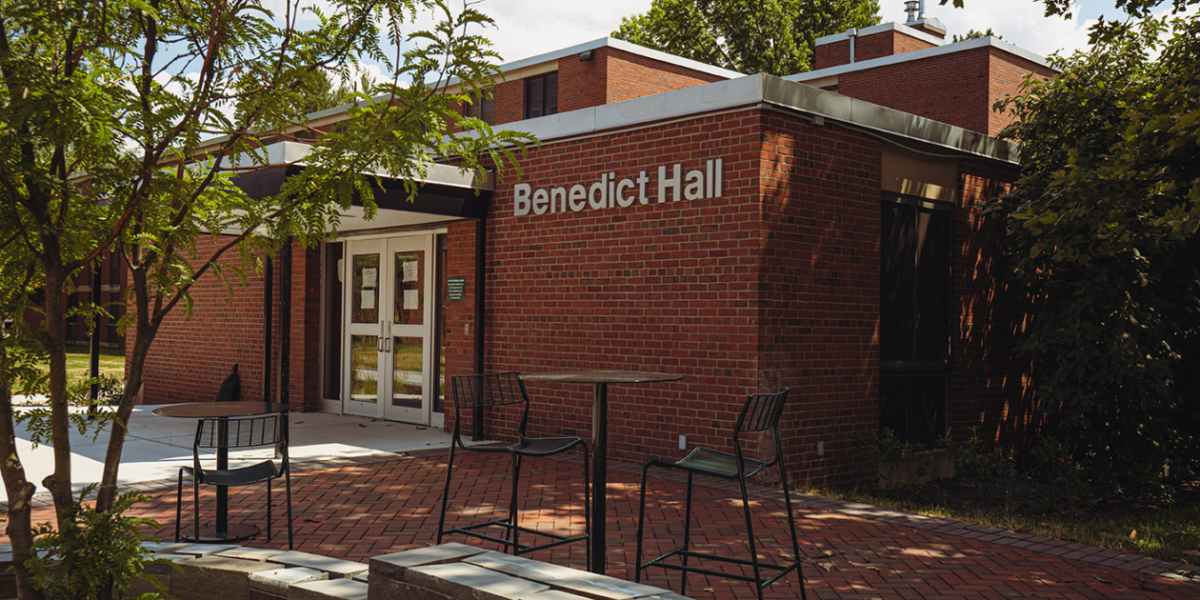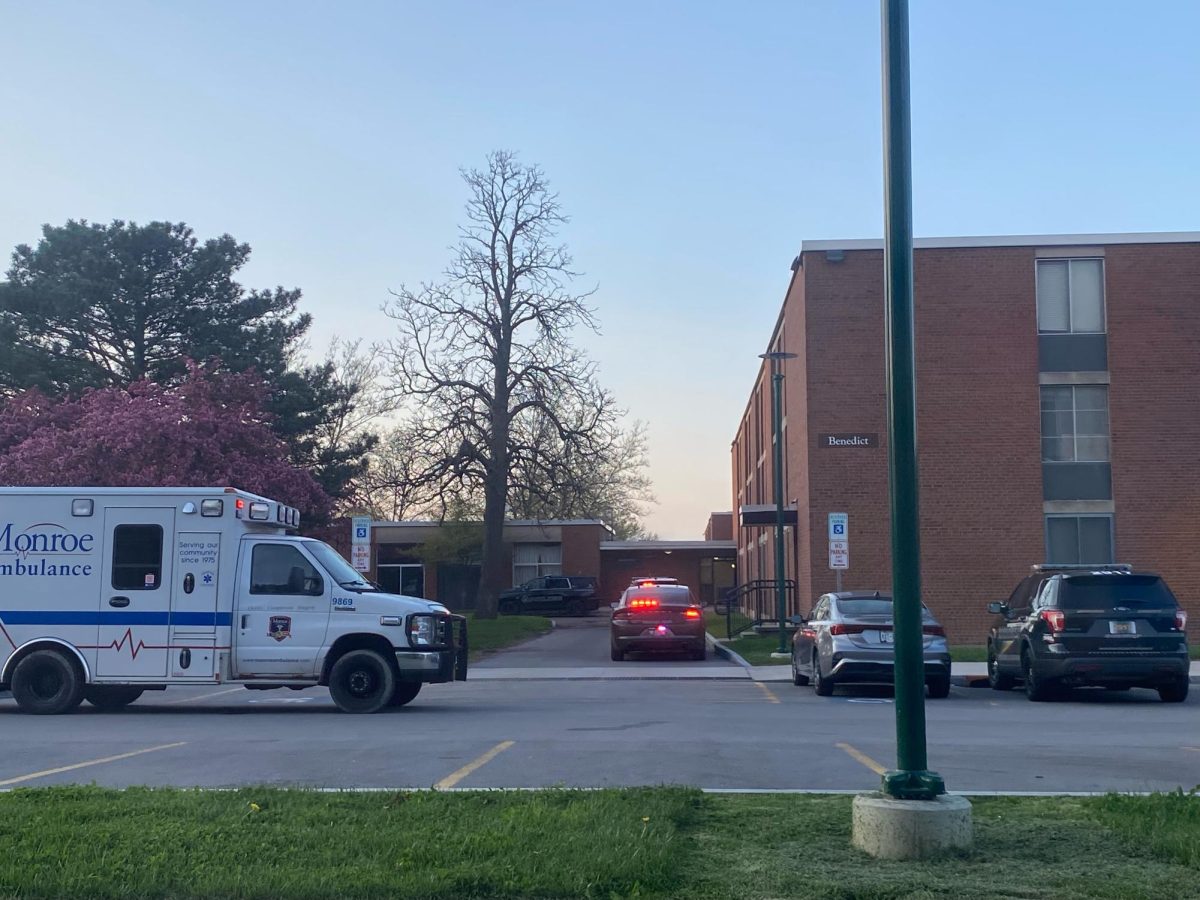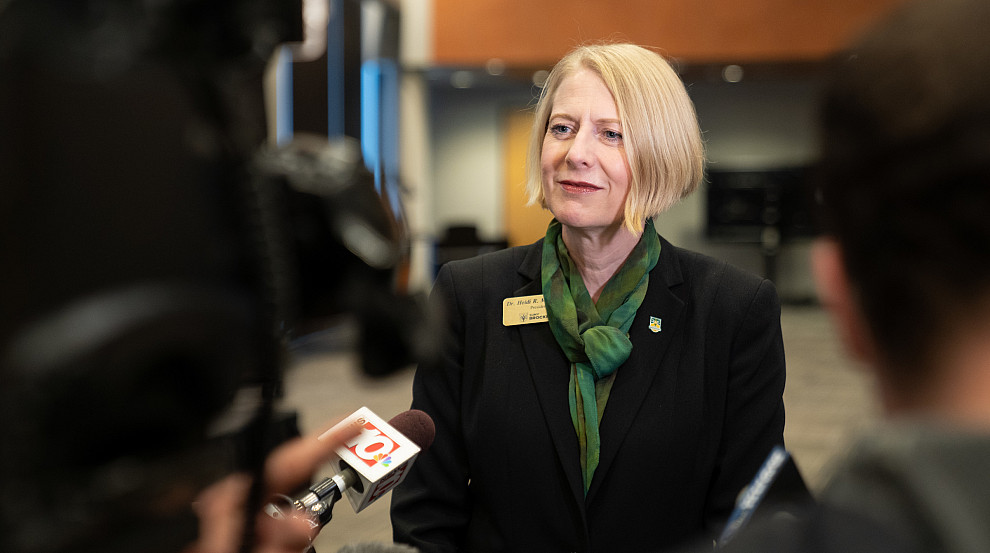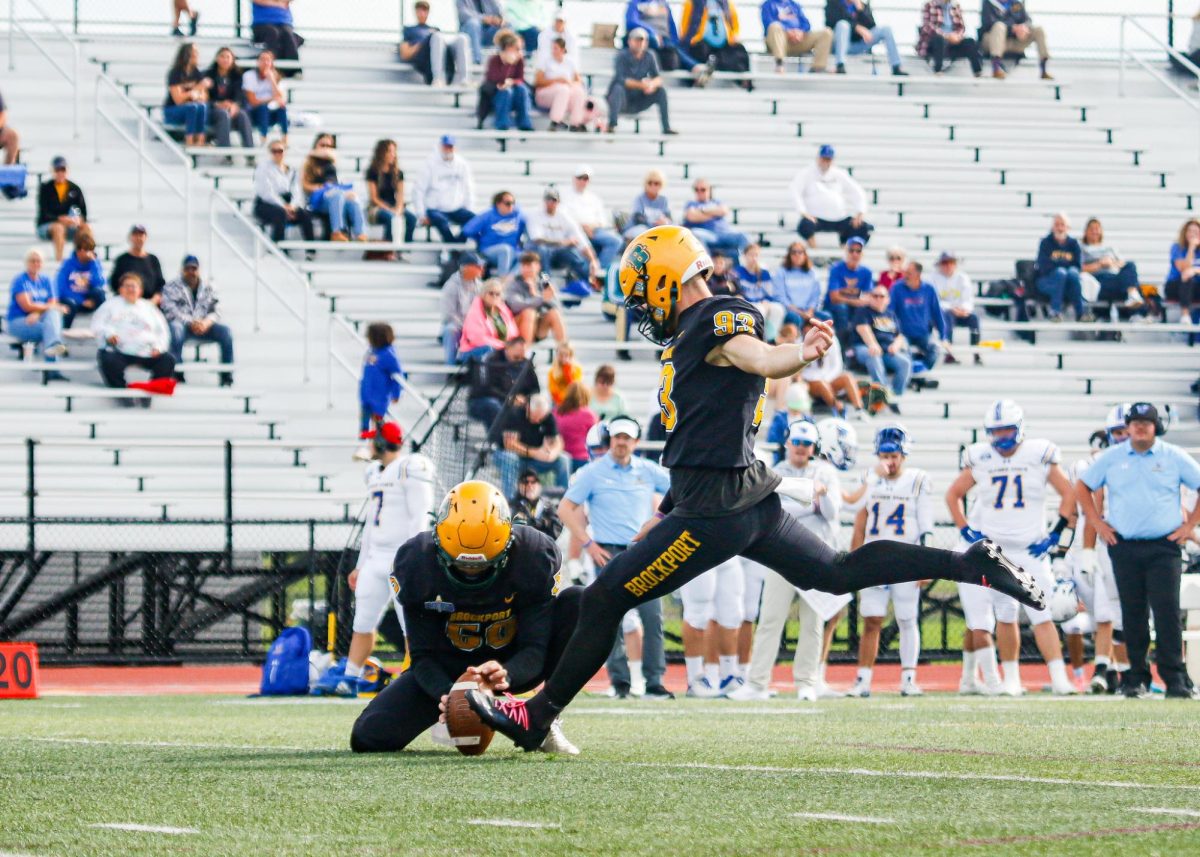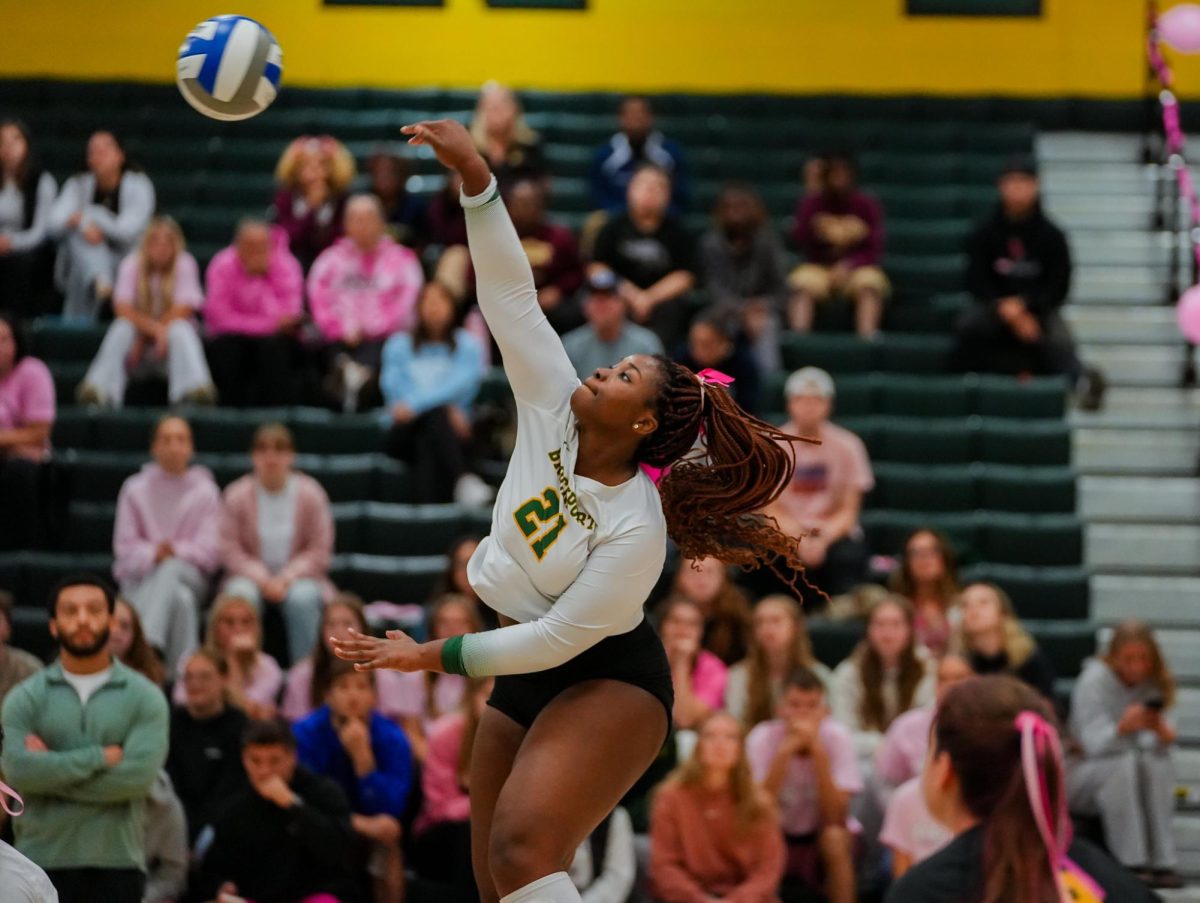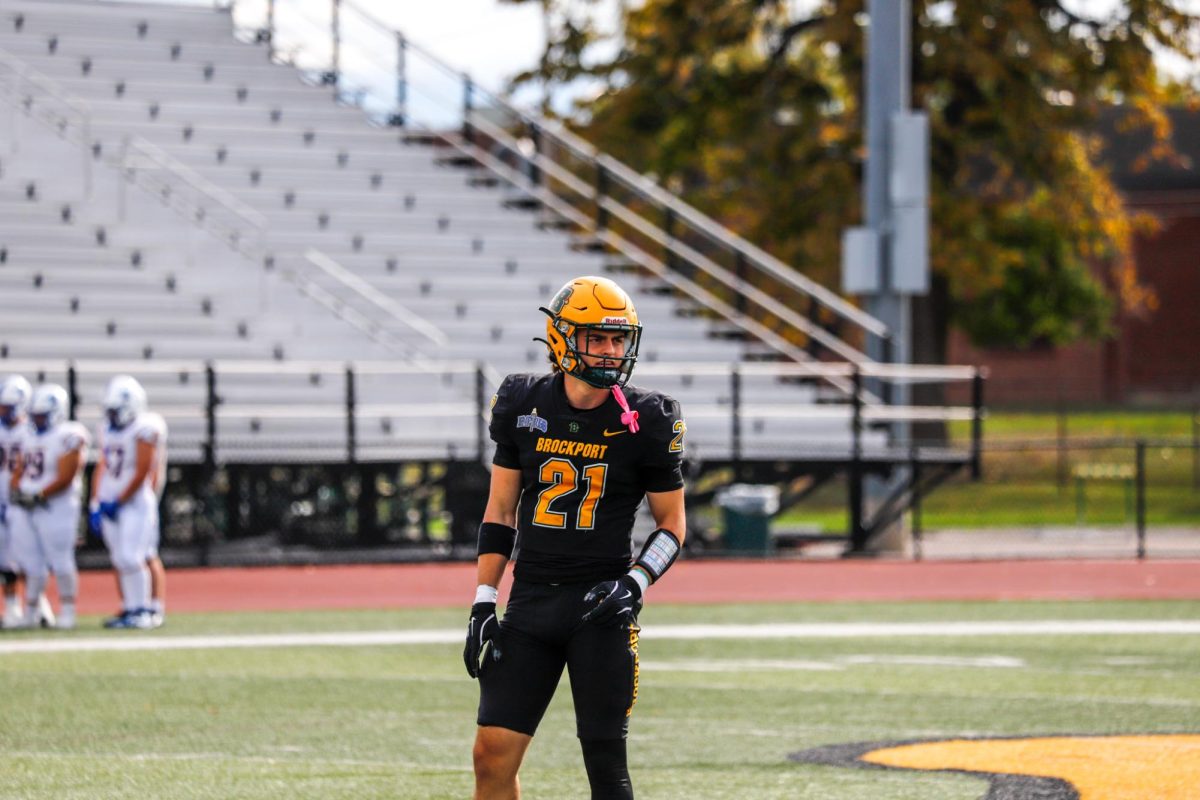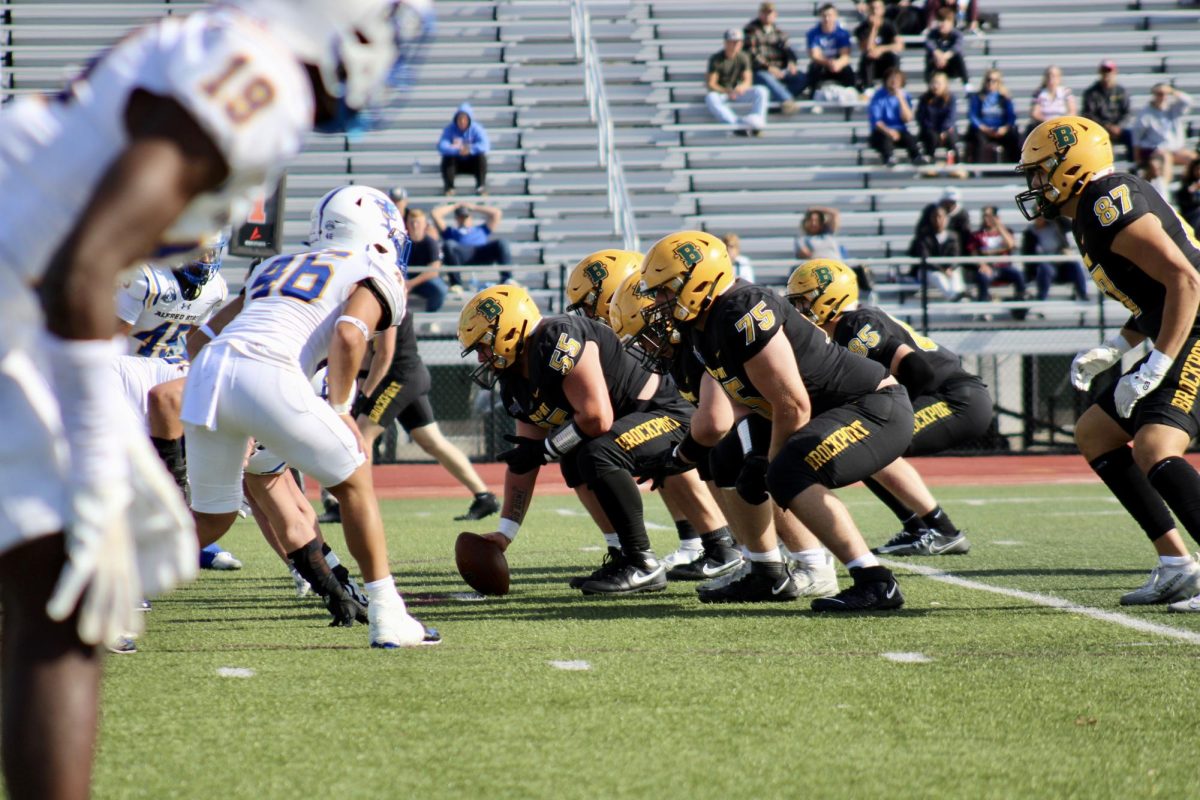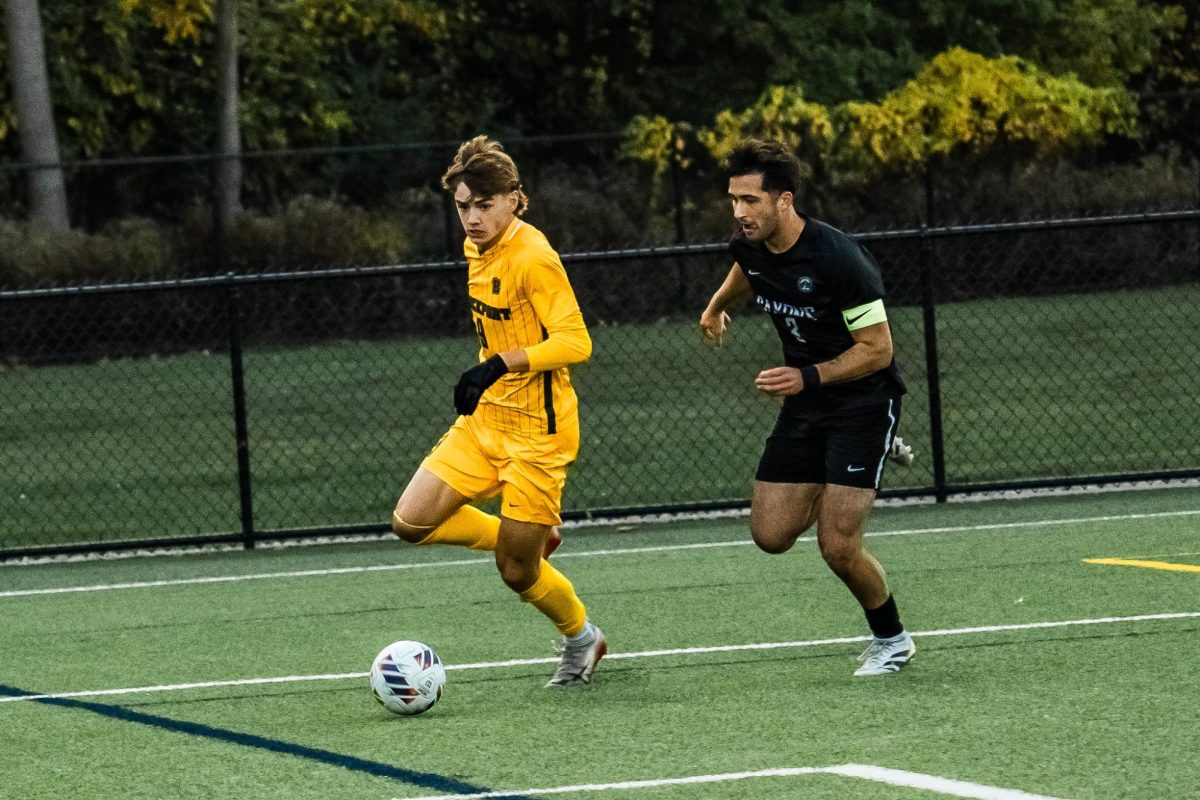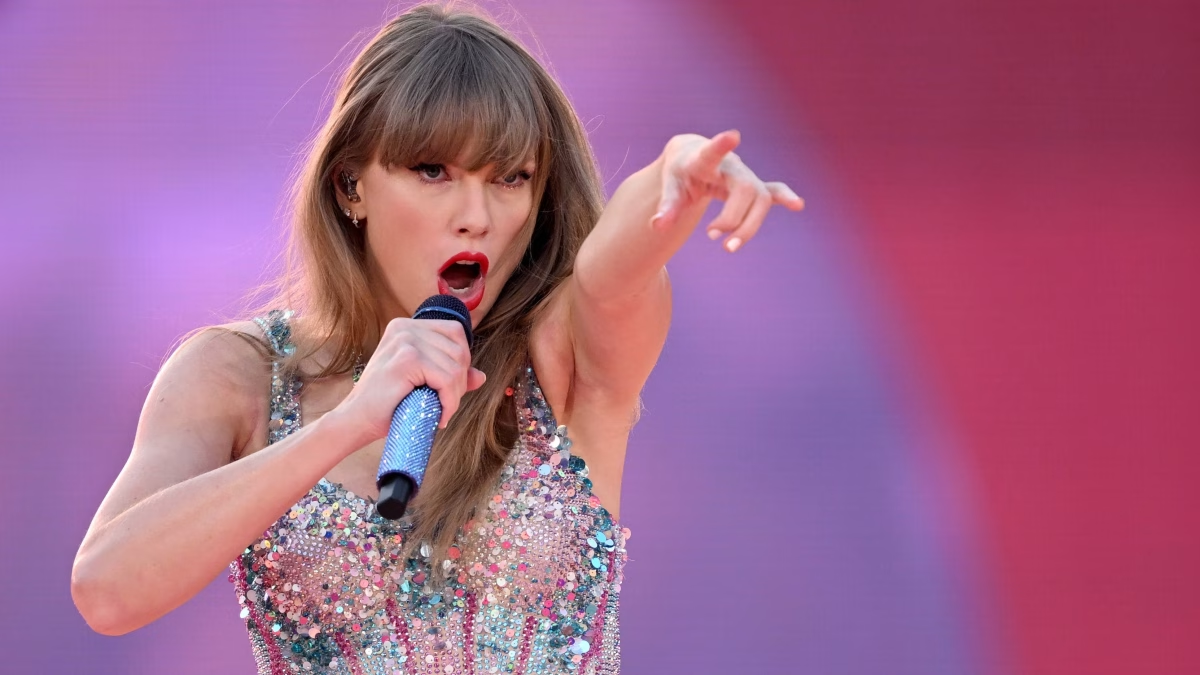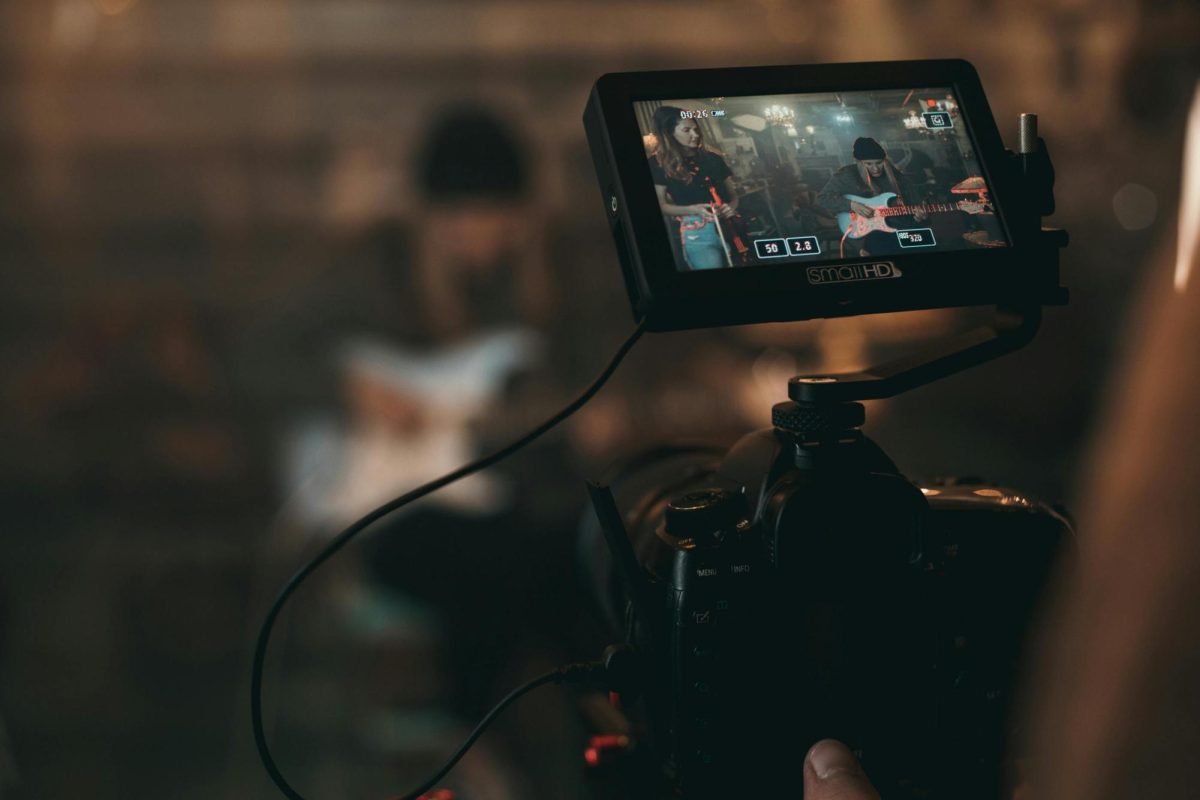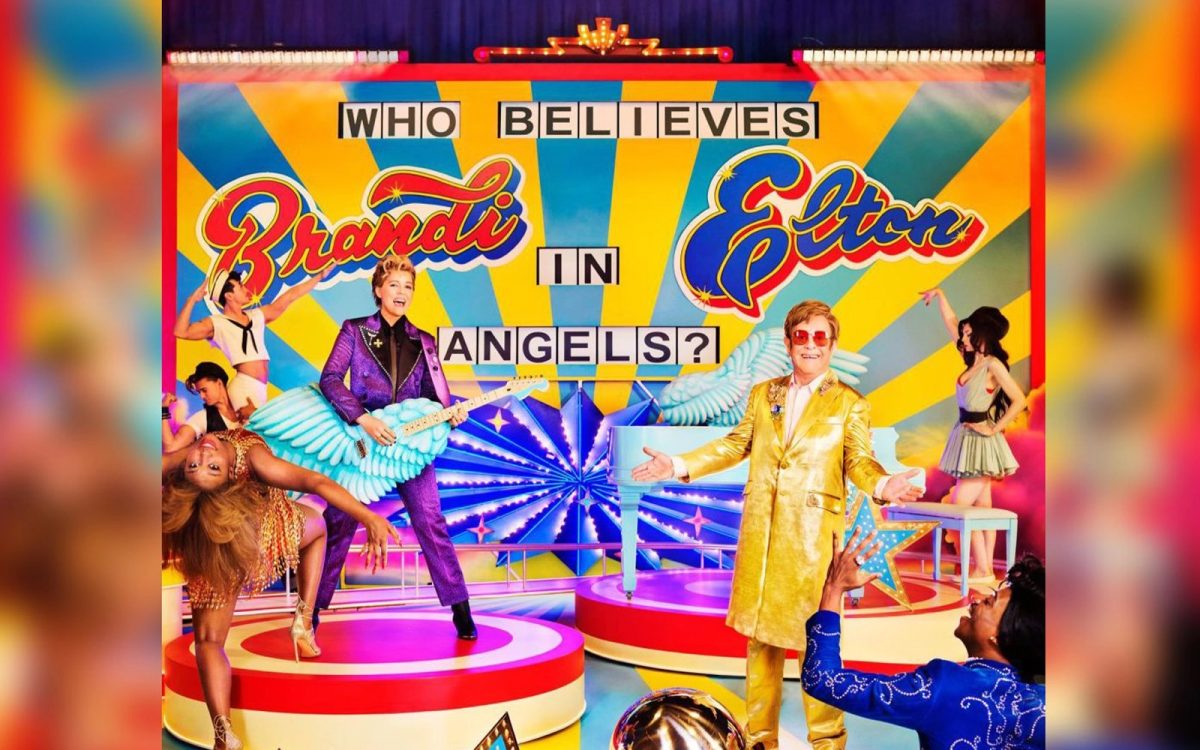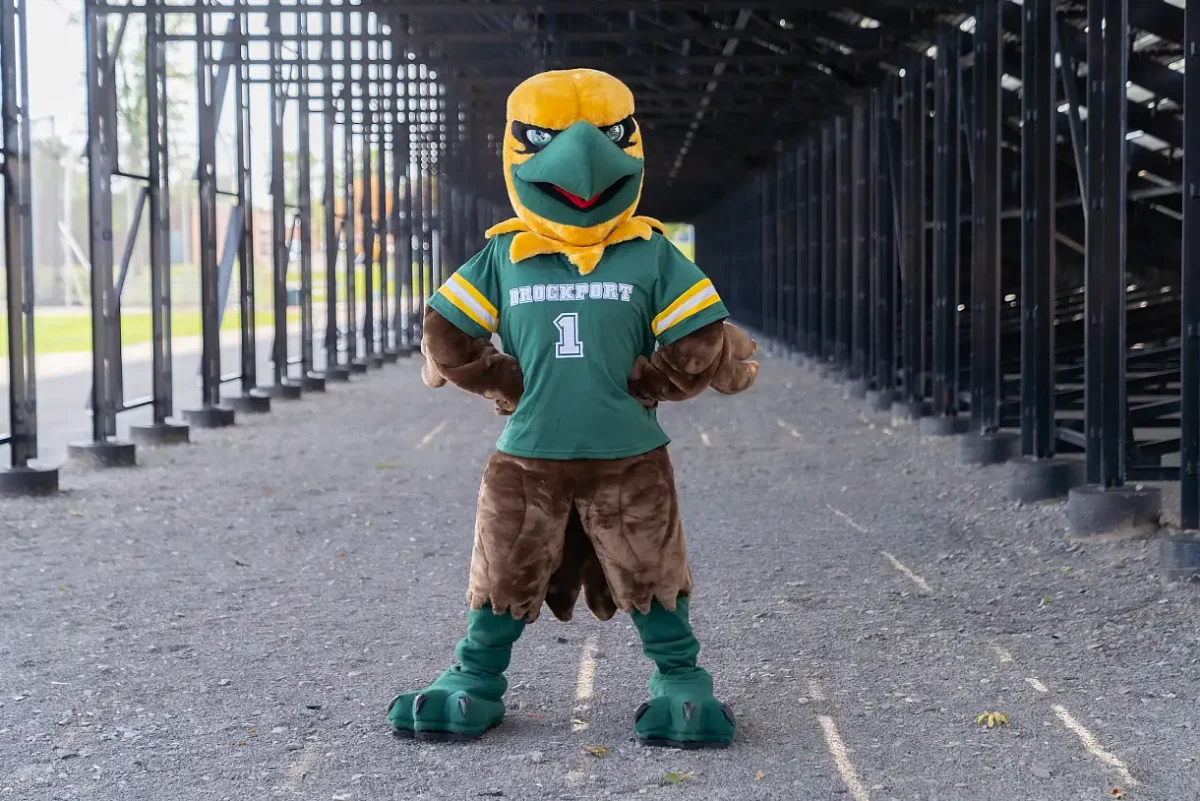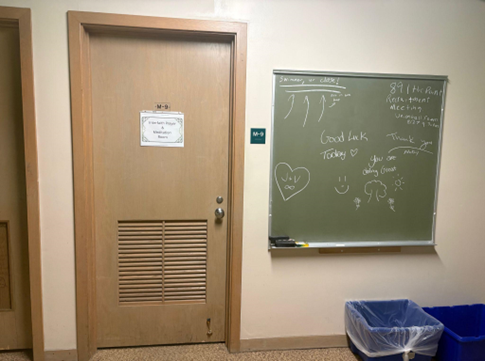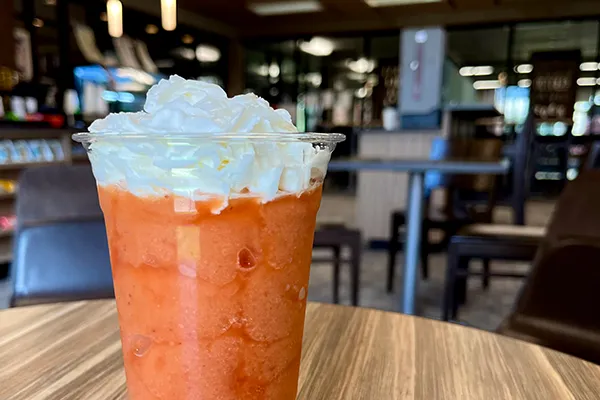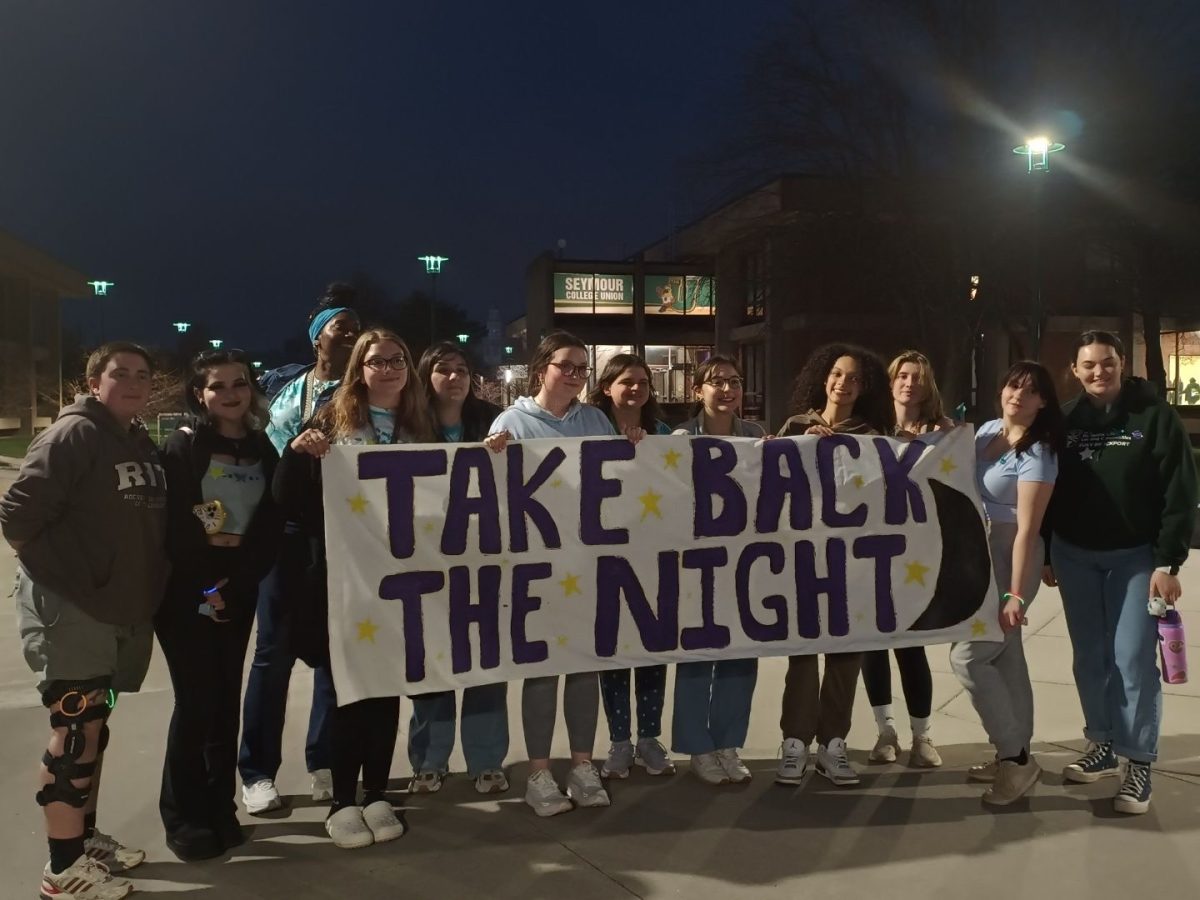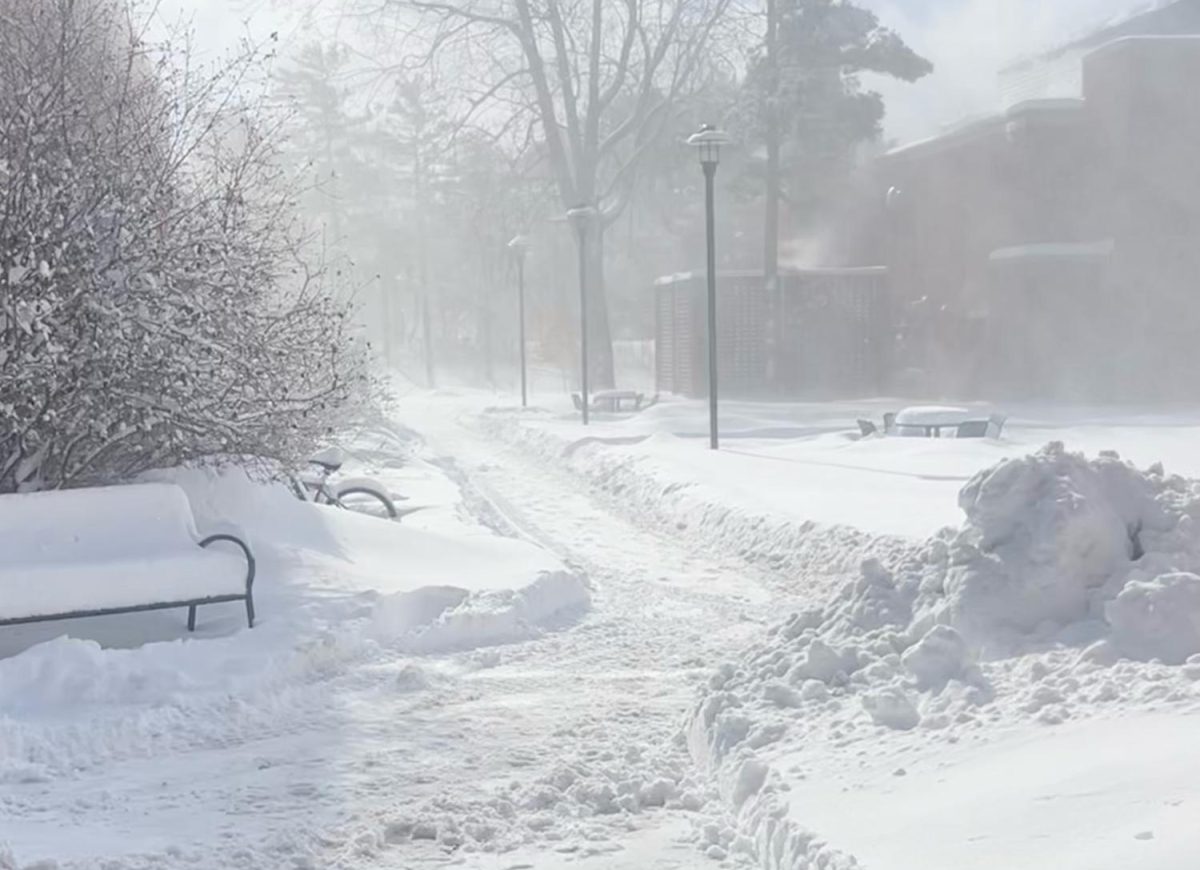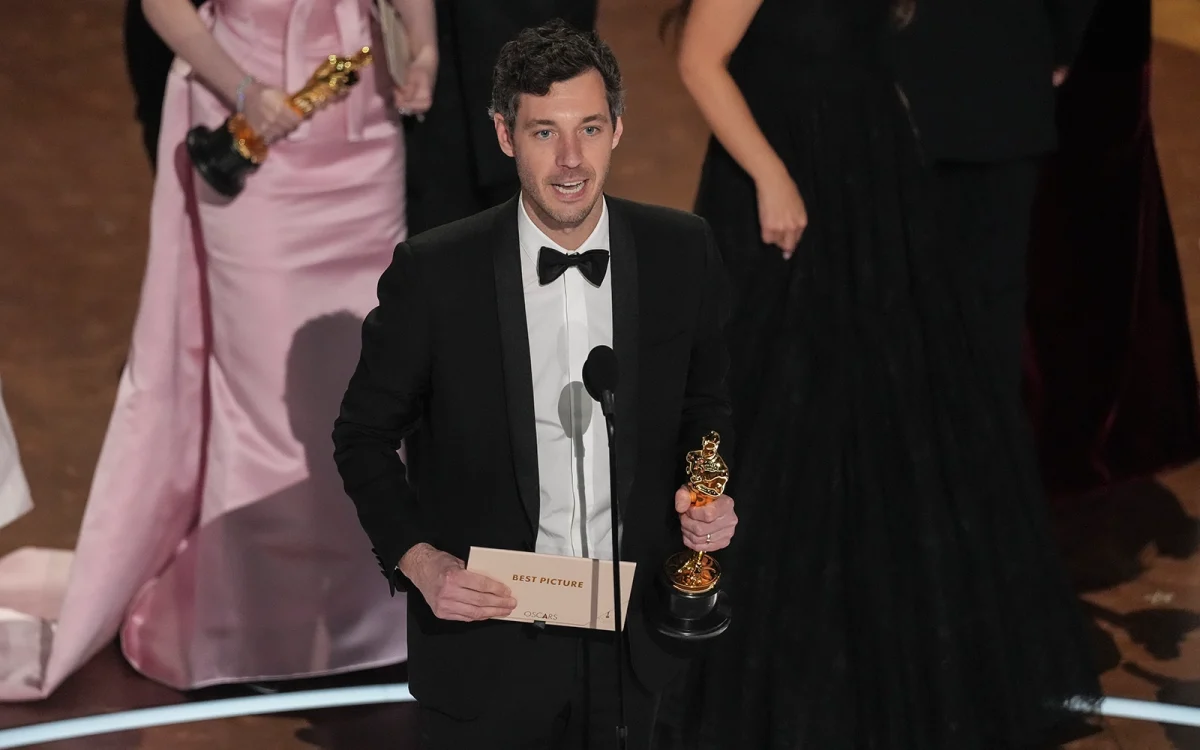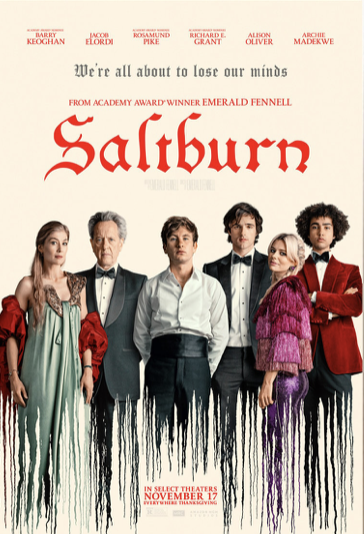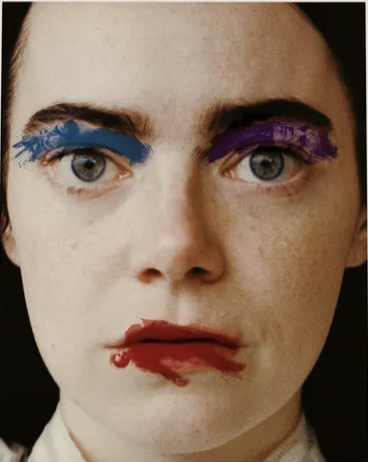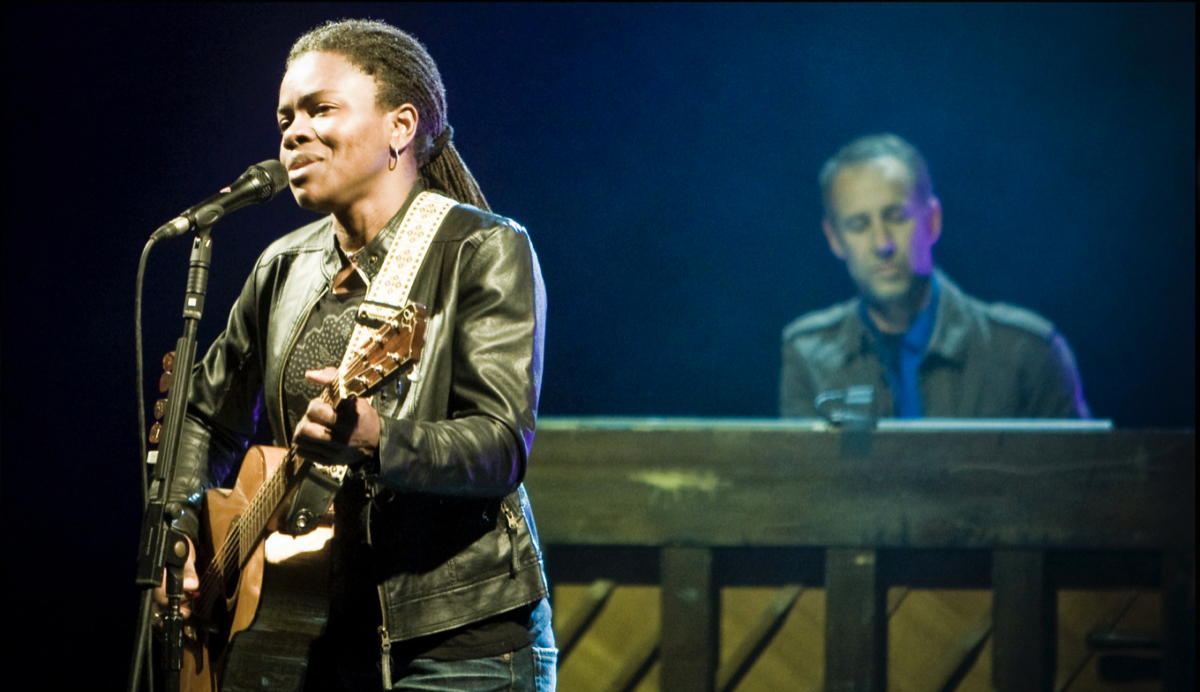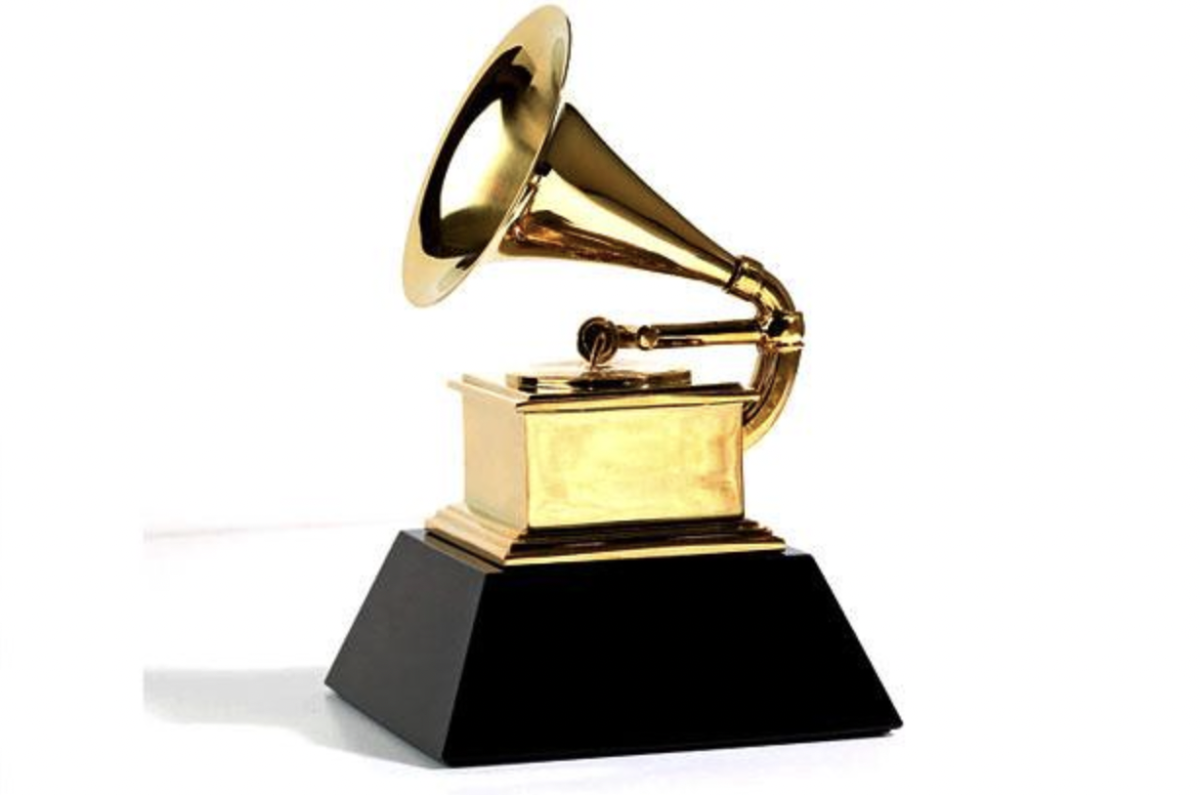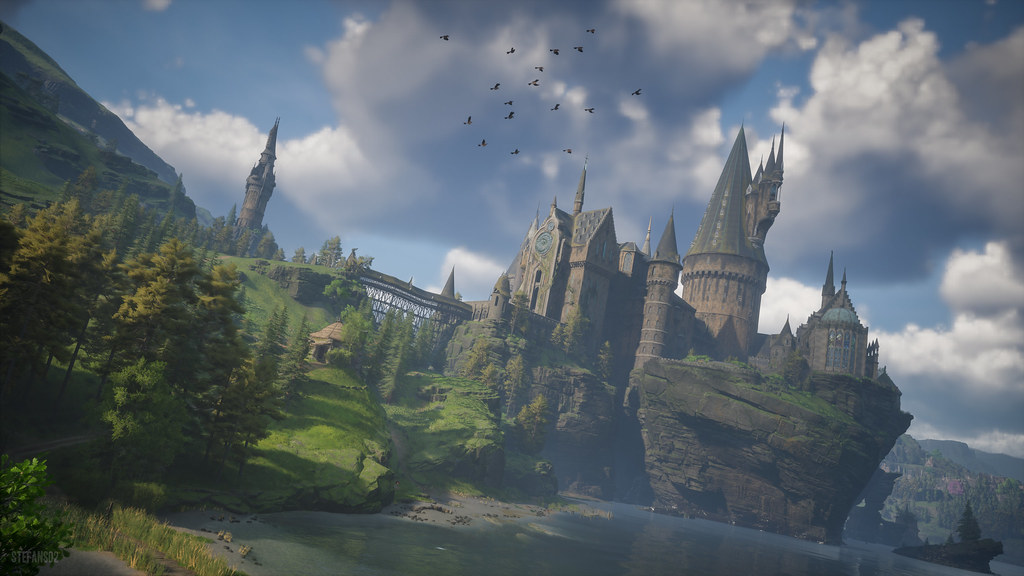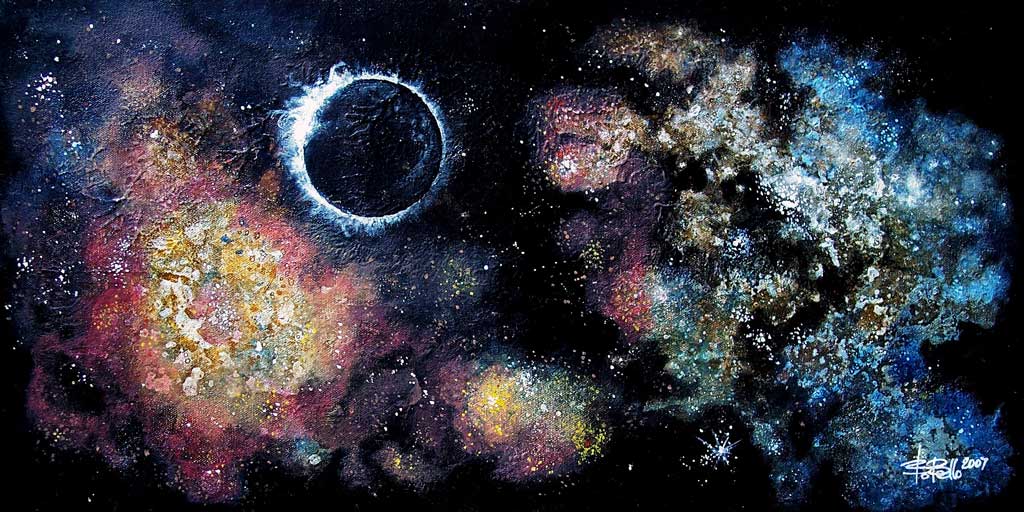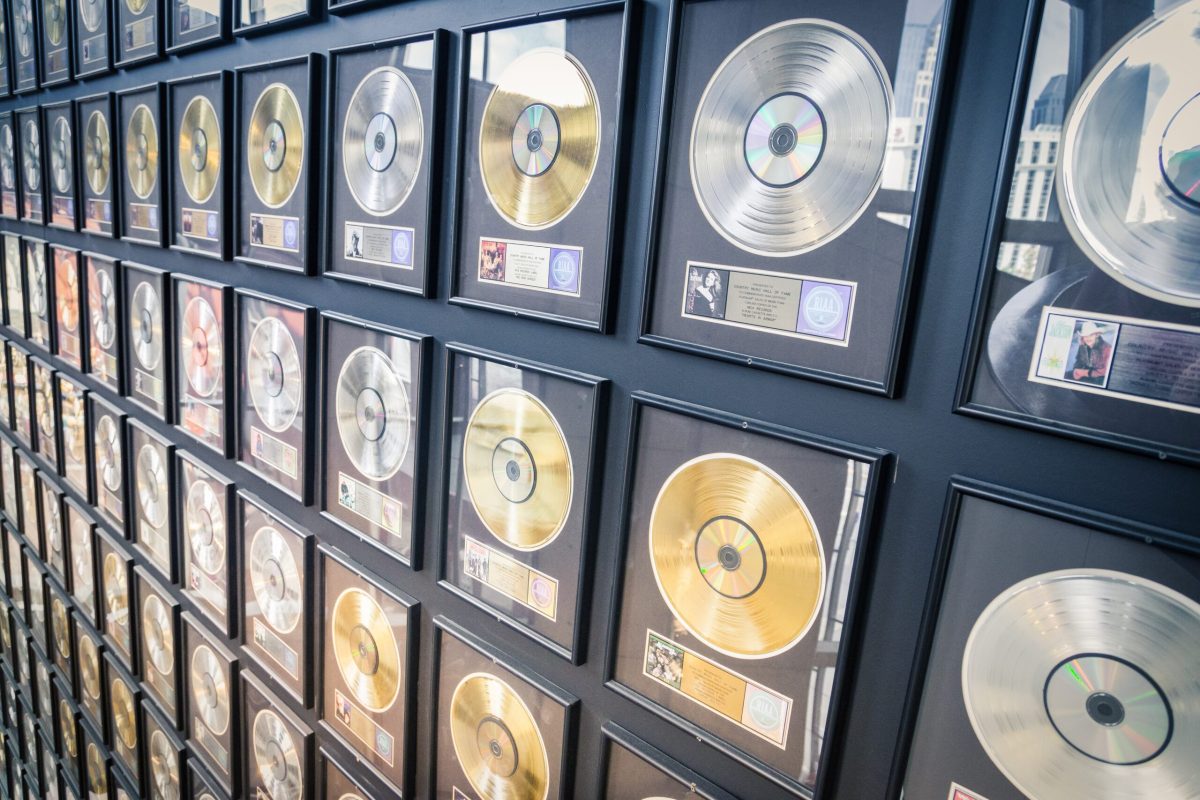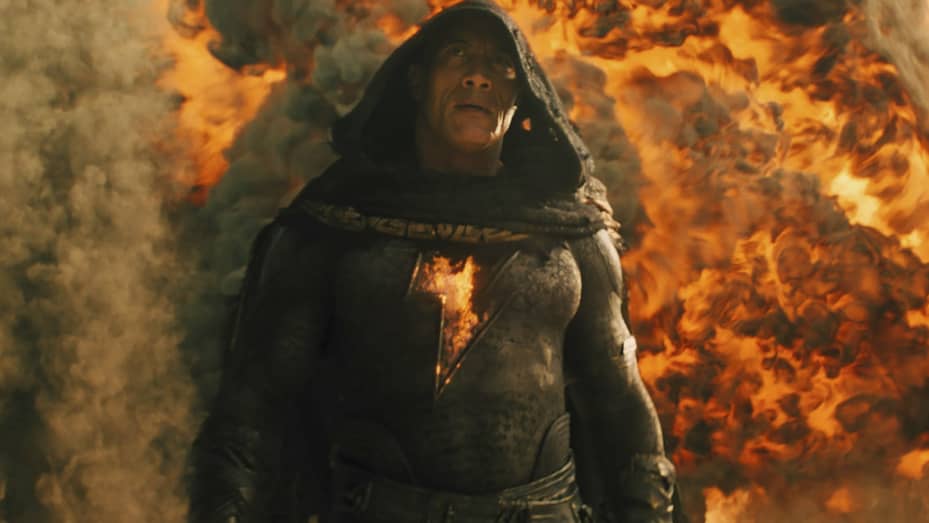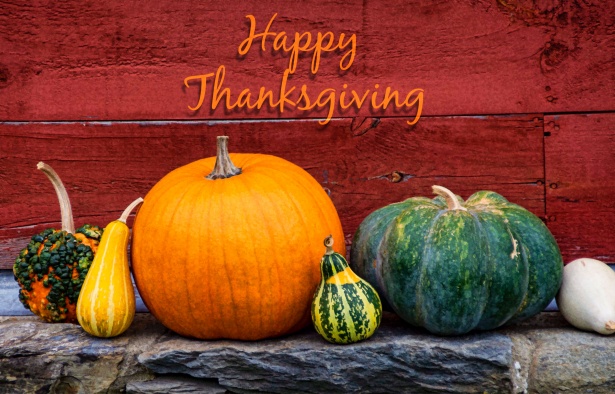“Star Wars” has come a long way from the space opera about a farm boy trusting the force in 1977. Modern “Star Wars” tackles complex topics like war profiteering, slavery, and the radicalization of religious organizations are explored in depth by much of the content released in the past few years.
“The Bad Batch” hearkens back to the TV show that it spun off of, “The Clone Wars,” and those intricate themes. Season two of “The Bad Batch” has not let up on forcing its characters and audience to face ethical dilemmas. Questions such as free will and an individual’s responsibility to fight against tyranny are at the forefront of show, with soldiers witnessing the effects of the conflict firsthand.
The newest season is all about character development. After surviving Order 66 and the fall of the Republic in season one, the Bad Batch must try to find their place in the underworld of the Galactic Empire. The first five episodes are small in scale, filling out the personalities and expanding on the archetypes from which the group was built. Some episodes have little to no direct combat, which allows the personalities of the Bad Batch to shine as they are given time to discuss what, if anything, they should do to fight against the empire and free their clone brothers.
While, so far, the season has been entertaining, the focus on character development inevitably leads to a bit of filler; while this may be disappointing for those interested in the larger galactic conflict, the foreground action is still rewarding. This season focuses on new adventures, such as racing and treasure hunting, as well as dealing with old characters feeling the effects of Order 66. Both stories do tie into the larger “Star Wars” narrative if you’re paying attention, though it isn’t the main focus. Dee Bradly Baker gives giving distinct personalities to each member of the Bad Batch through his amazing voice acting. While shows like “Andor” might more directly discuss the Empire and its effects on the galaxy, the “Bad Batch” showcases the vivid underworld, which nicely contrasts the Bad Batch’s strict military upbringing.
The show retains the great, intense combat that “The Clone Wars” was known for. Nail-biting fight scenes lead to an equally internal conflict as the stakes grow in each episode. Creative worldbuilding keeps the show fresh and the animation shows the scale of worlds, the intricacies of alleys, back rooms and other small details that breathe life into the star wars universe.
Overall, season two of “The Bad Batch” is stronger than much of Disney’s recent “Star Wars” content. “Star Wars” is at its best when it asks questions of the characters that go beyond choosing the light or dark side of the force or using a blaster or a laser sword. It’s at its best when characters have to choose where and when to fight against tyranny by showing how small actions have huge ramifications for everyone.

